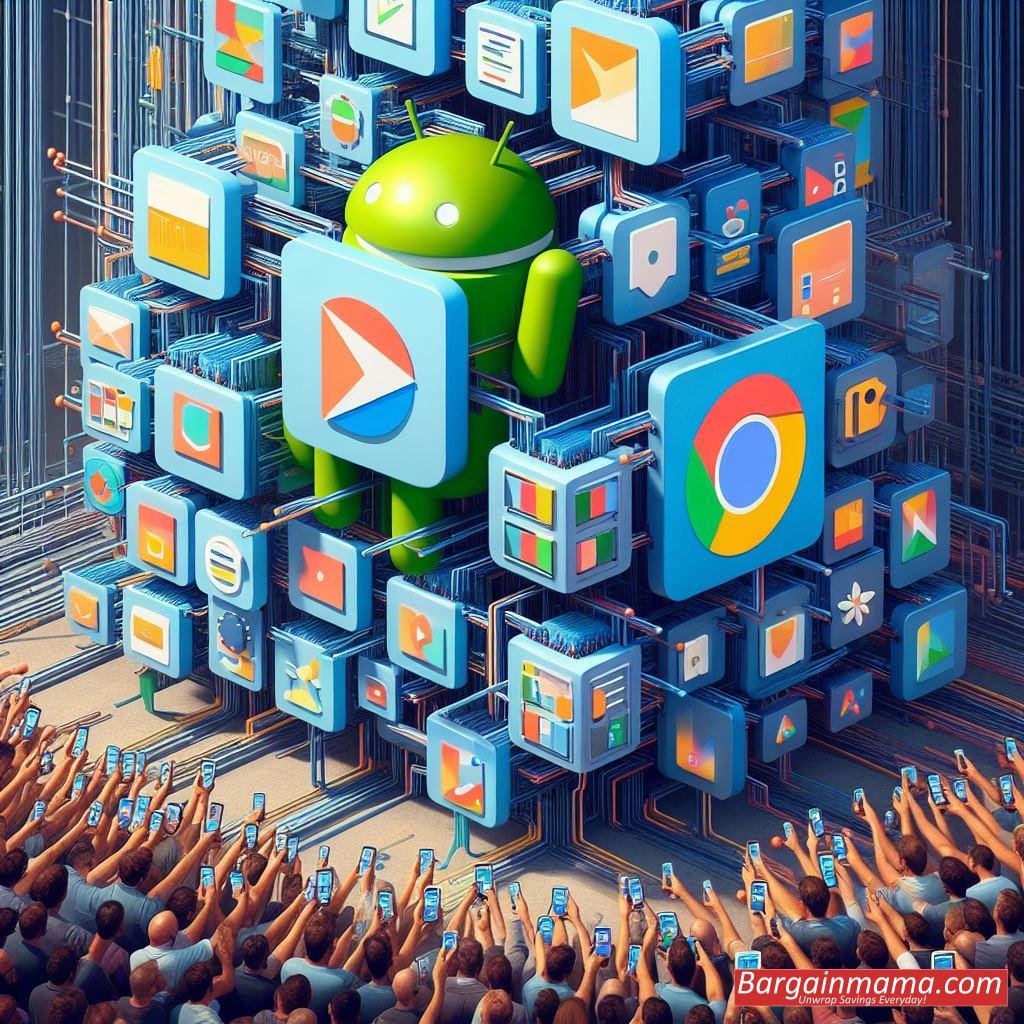Google has rekindled interest in parallel downloading in the Play Store, a feature that has the potential to completely change the way Android users install apps. Users may download many programs at once with this cutting-edge feature, which expedites the process and saves important time. While parallel downloading isn’t a brand-new concept, its resurrection suggests that Google is committed to improving performance and user experience across the Android ecosystem.

Parallel downloading first came to light almost four years ago when a Reddit user discovered that they could download YouTube, Google Photos, and Chrome at the same time. However, it was forgotten until recently when it reappeared. When developer Assemble Debug dug into Google Play version 40.0.13’s files, he discovered proof of this feature’s reemergence, which excited the Android community.
Through investigation, Assemble Debug discovered that parallel downloading works perfectly and enables users to install numerous programs at once. The smooth operation is demonstrated by screenshots posted on TheSpAndroid blog, where Assemble Debug downloads Adobe Acrobat and Lightroom at the same time. However, there are still certain restrictions on parallel downloading, even with its exciting potential.
One such restriction is that updates are not allowed to download in parallel. Individual installs are currently the only option available to users who want to update several programs. Furthermore, Google has limited the amount of installs that may occur at once, starting with only two applications. The download limit was successfully raised to “five apps at once” by Assemble Debug, who found and disabled an internal flag that was governing this restriction.

Although it makes sense for Google to continue taking a cautious stance when it comes to the maximum number of installations, it does leave open the possibility of future changes. In further testing rounds, the corporation may investigate higher restrictions, providing consumers with even more freedom and efficiency.
To experiment with parallel downloading, an Android smartphone that has been rooted is needed to activate the capability. Although some people may find rooting intimidating, there are thorough tutorials available to help users through the procedure. After rooted successfully, the setup is finished by turning on the necessary flag using the GMS Flags software, which is accessible on GitHub. For computer aficionados looking to get the most out of their Android experience, parallel downloading may be worth the trouble even with its intricacy.
As Google works to improve parallel downloading, excitement is growing for its formal release. Reintroducing this functionality demonstrates Google’s dedication to increasing user efficiency and convenience, which is consistent with its larger goal of boosting the Android user experience. Parallel downloading claims to simplify device setup and increase productivity for Android users globally by streamlining the app installation process.

Those thinking about upgrading to an Android phone in 2024 may take a look at TechRadar’s carefully curated list of the best Android phones in ahead of these exciting advances, making sure they’re ready to take advantage of the newest innovations in mobile technology. Thanks to parallel downloading, Android users may anticipate a day when installing apps will be quick and easy as Google keeps coming up with new ideas.


